Dear WWII History:
I would like to put the controversy regarding the “Sten gun carrier” to rest. As a reader of the May 2002 issue correctly noticed, the vehicle depicted on page 37 is not a Sten gun carrier. There is no such thing as a Sten gun carrier. He was wrong, however, in stating that the photo depicted is a Bren gun carrier. Close examination will reveal that the vehicle in question is actually a Carro Veloce L 3/33, an extensively used, though little known, Italian armored carrier.
Ian Smith
Geneva, Illinois
Dear Sirs:
I enjoyed the article about the Sullivan brothers (May 2002) by Michael D. Hull. I served aboard USS The Sullivans DD537 in 1957-1958. Here are a few footnotes to the article: Mrs. Alleta Sullivan sold more war bonds than anyone; she wrote letters to the ship when I was aboard. There were 20-some sailors on the ship during the war named Sullivan, and the first downed pilot the ship rescued was named Sullivan. President Roosevelt insisted on the word “the” in the ship’s name and specified that there would always be a ship in the Navy named after the boys. While the original ship is retired at Lake Erie at Buffalo, New York, a new ship—USS The Sullivans DDG68—is protecting our beloved country.
James J. Ring
Ossining, New York
Dear WWII History:
Regarding your May 2002 article on the Sullivan brothers, I wanted to add that there is a memorial to them here in DC. On the lawn east of the Capitol are five crabapple trees planted on June 12, 1952, in their honor. One of the trees had to be replaced a few years ago, and all have little plaques. Also, I checked with the Capitol authorities and the trees will not be disturbed by plans to build a secure underground visitors’ center.
John Lockwood
Washington, DC
Sirs:
In Sam McGowan’s comparison of the B-17 and B-24, he couldn’t understand why the 17 had so much better press than the 24. As a rifle company officer in northern Europe, from Normandy to Remagen, I have absolutely no technical expertise, but I would hazard a guess—cosmetics. The square-fuselaged, high-winged 24 looked too much like the Fords, Fokkers, and flying boats we were so used to, while the 17 looked like the rounded, streamlined Lockheeds. Whatever their comparative abilities, neither would have survived had the Stinger been standard issue to the grunts. My company was one of the lead assault companies in COBRA.
Chester H. Jordan
Baton Rouge, Louisiana
Dear Editor:
While looking through the magazine racks your publication caught my eye; I didn’t remember seeing it before. I am glad I picked it up. Two things on the cover drew my attention right away: the B-17 vs. B-24 and the North Africa feature. My father was in the old 22nd Signal company, which took a lot of casualties after he was transferred into the 8th Air Force. The word “carpetbaggers” jumped out at me as this was my dad’s outfit, flying special operations B-24s in the air arm of the OSS. As a former Navy gunner’s mate, your article about the Hedgehog system was yet another memory jog. We still had a few systems on some of the Tin Cans that were called to service on the gun line off Vietnam. Thank you for this most informative and readable format. Please keep this up.
Larry D. Kepler
Shawnee, Kansas
Dear WWII History:
Mussolini was an ego-crazed dictator who thought his power could overcome any country, and Greece proved him wrong. What an enlightening article (“Italian Blunder in the Balkans,” May 2002); it showed a decline in the fascist movement in Italy with their failure in Greece. This is a part of history I wasn’t very familiar with and if it weren’t for your publication, I would have been left in the dark.
Gloria McDaniel
Sacramento, California
Dear Sirs:
I just got my first copy of your magazine, and found all of the articles to be enjoyable and enlightening. In response to Mr. Remington’s comments about the Pearl Harbor attack, his observation on the U.S. selling “obsolete” 14-inch shells to Japan because we had switched to 16-inch guns is inaccurate in that only four U.S. battleships at that time were even designed to carry the 16-inch guns and none were even fully tested. Most of the fleet still used 14-inch guns. Some of his other complaints about the article are inaccurate in that many of these points have either been proved or disproved since December 7, 1941.
The article entitled “A Defensive Stand on the Eastern Front” (May 2002) was excellent. It contained a lot of detailed information, was well written, and was on an interesting subject. I hope to see many more articles on the Russian Front in future issues. My only complaint is that the article refers repeatedly to the Soviet use of the JS3, which at the time of this battle was not even in production yet. There is still no proof that the JS3 saw any combat in WWII, including Berlin (There are unproven rumors that one battalion of JS3s supposedly saw combat in Berlin.); the only photographs or paper trail of the JS3 during the time period are from the Victory Day Parade in Moscow after the war ended. The JS3’s first known combat experience came in Budapest during the Hungarian uprising. The correct identification of these Soviet heavy tanks would be JS2. The JS2 did see service from early 1944 until the end of the war. Many photographs over the years have misidentified the JS2 as the JS3. The JS3 had a shorter turret and a more “pointed” front than the JS2. Both tanks carried the same 122mm gun and both had heavily sloped armor which made them hard to penetrate by German guns. Even with this inaccuracy, the article was thoroughly enjoyable to read. Please do more articles on Soviet and German tank battles.
David Schad
via e-mail
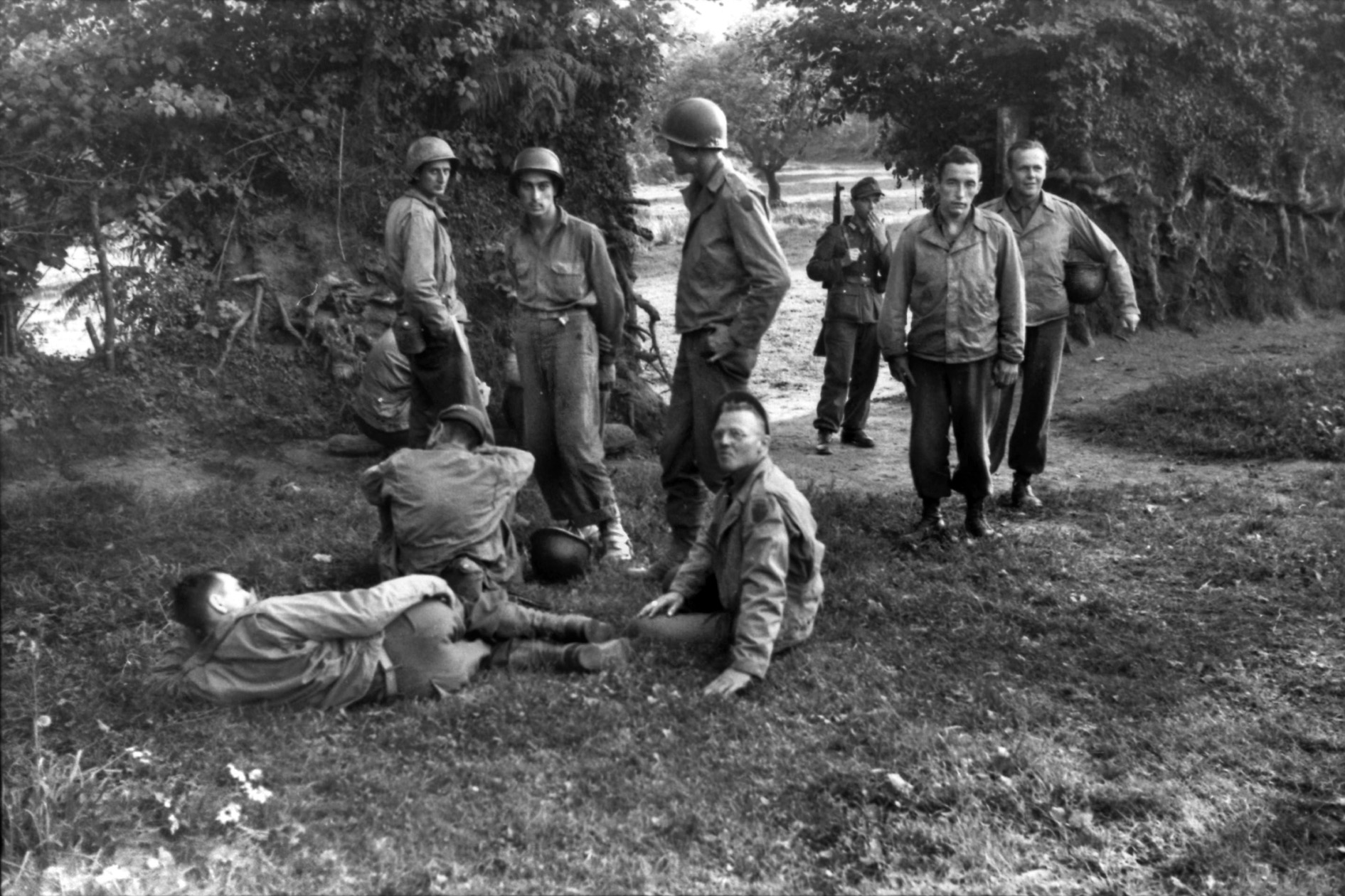
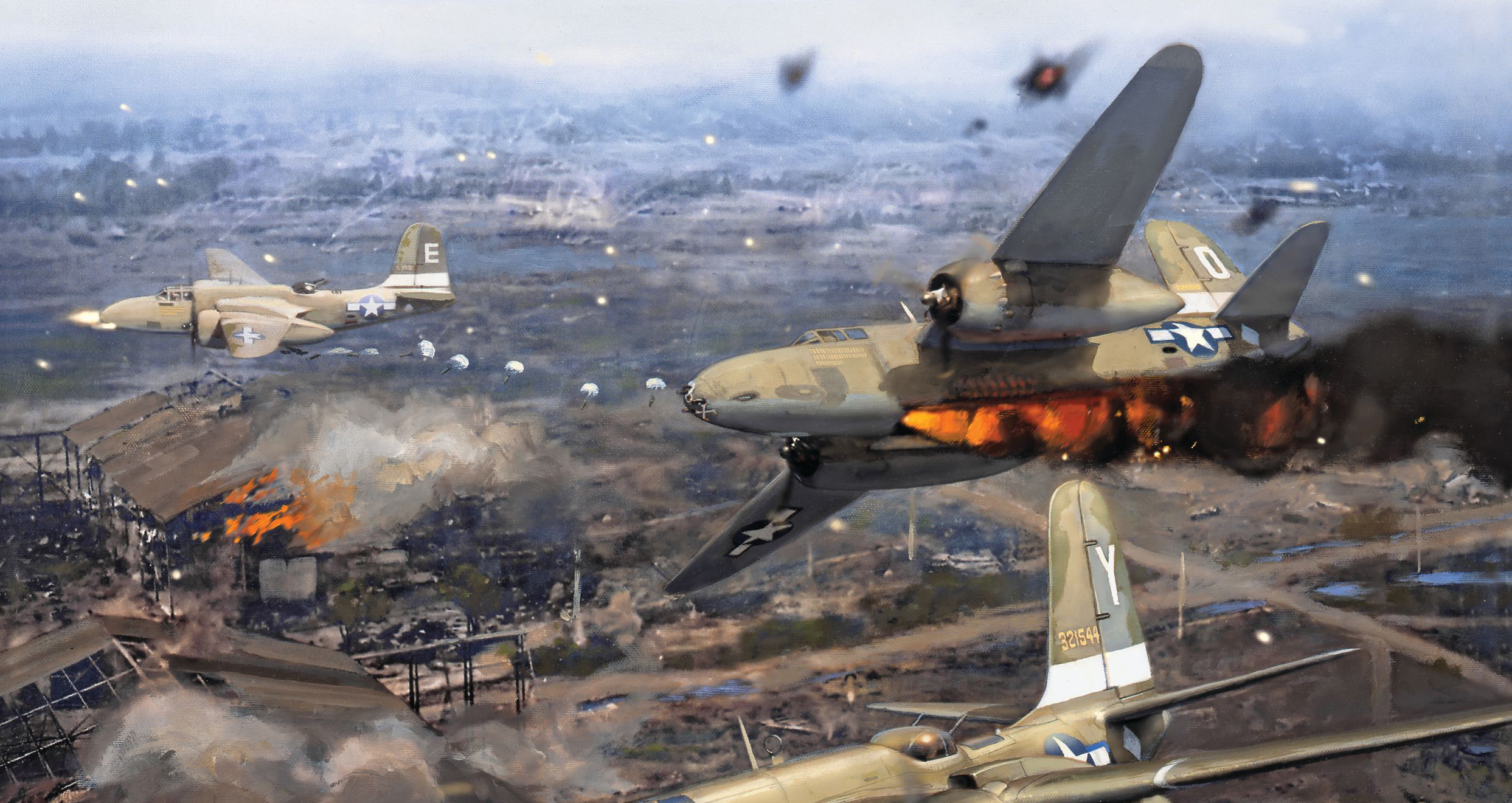
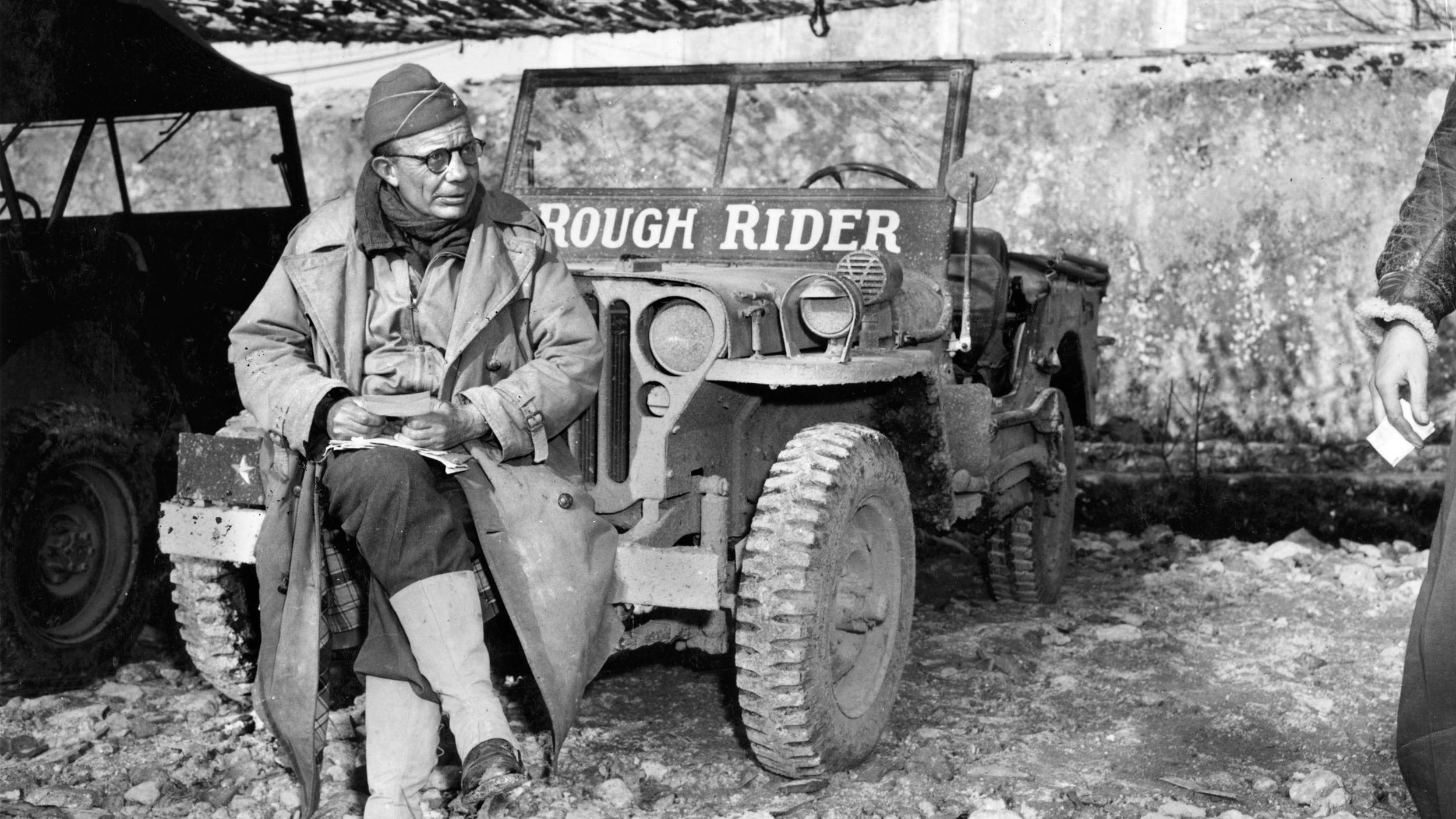
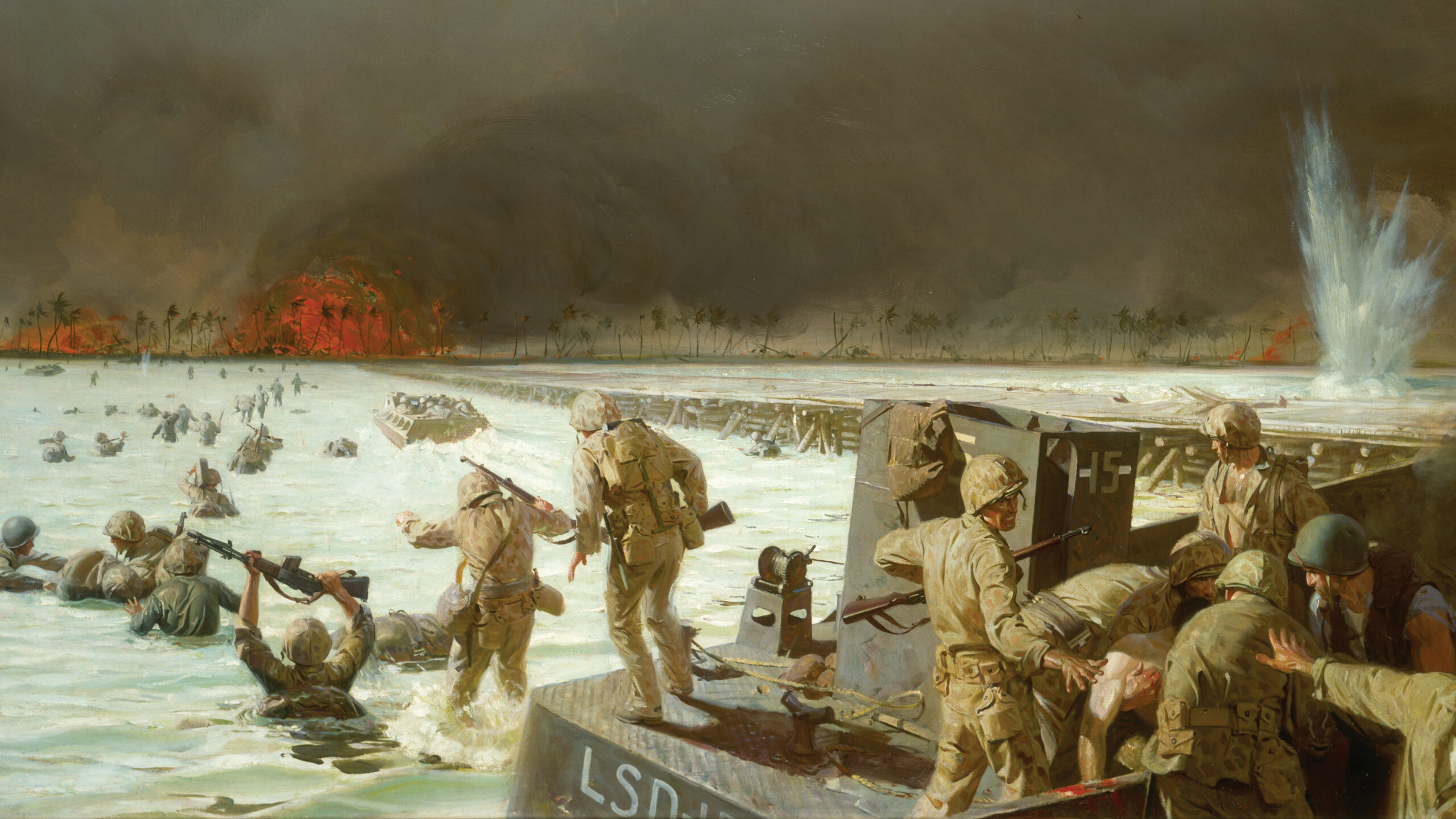
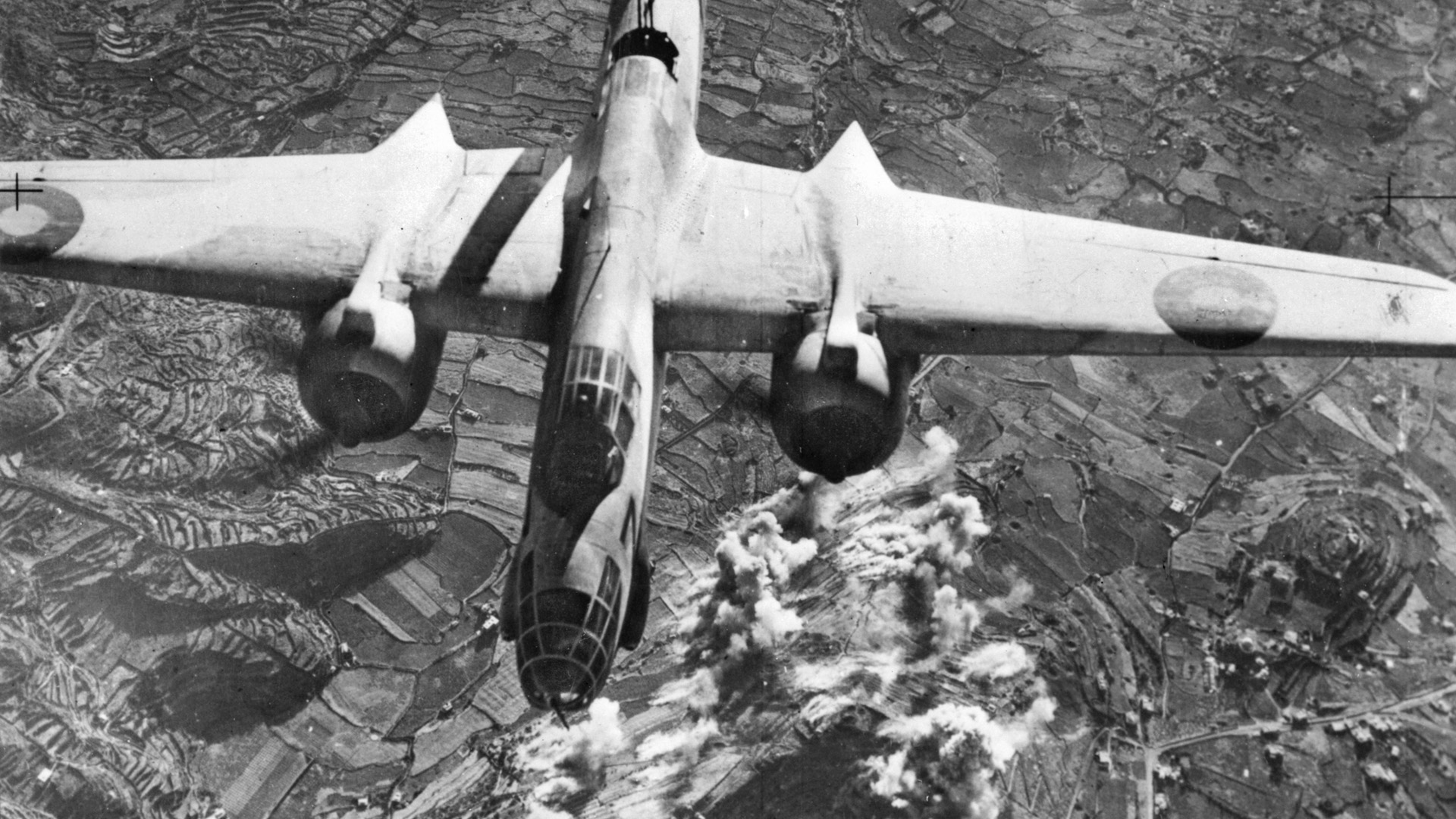
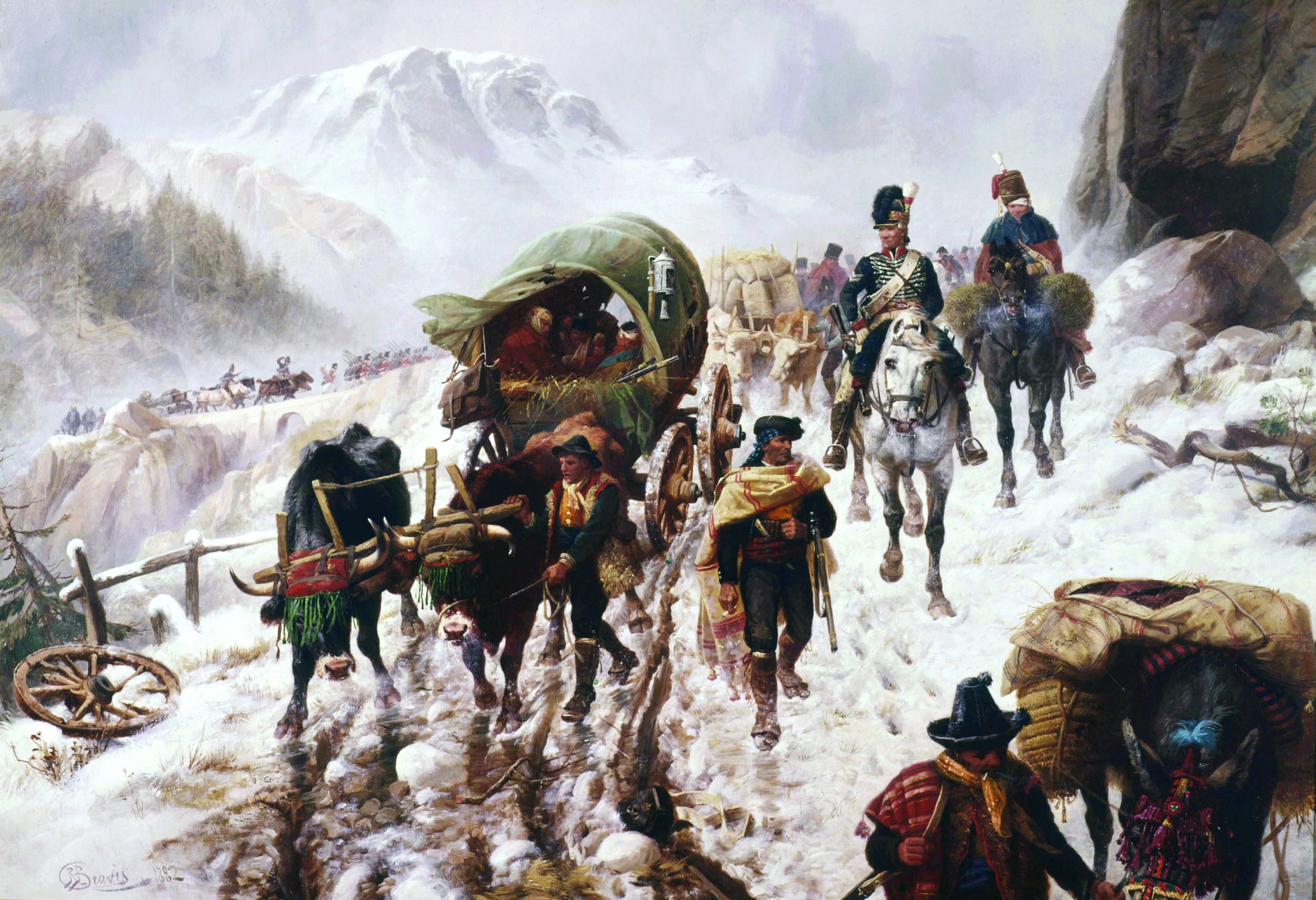
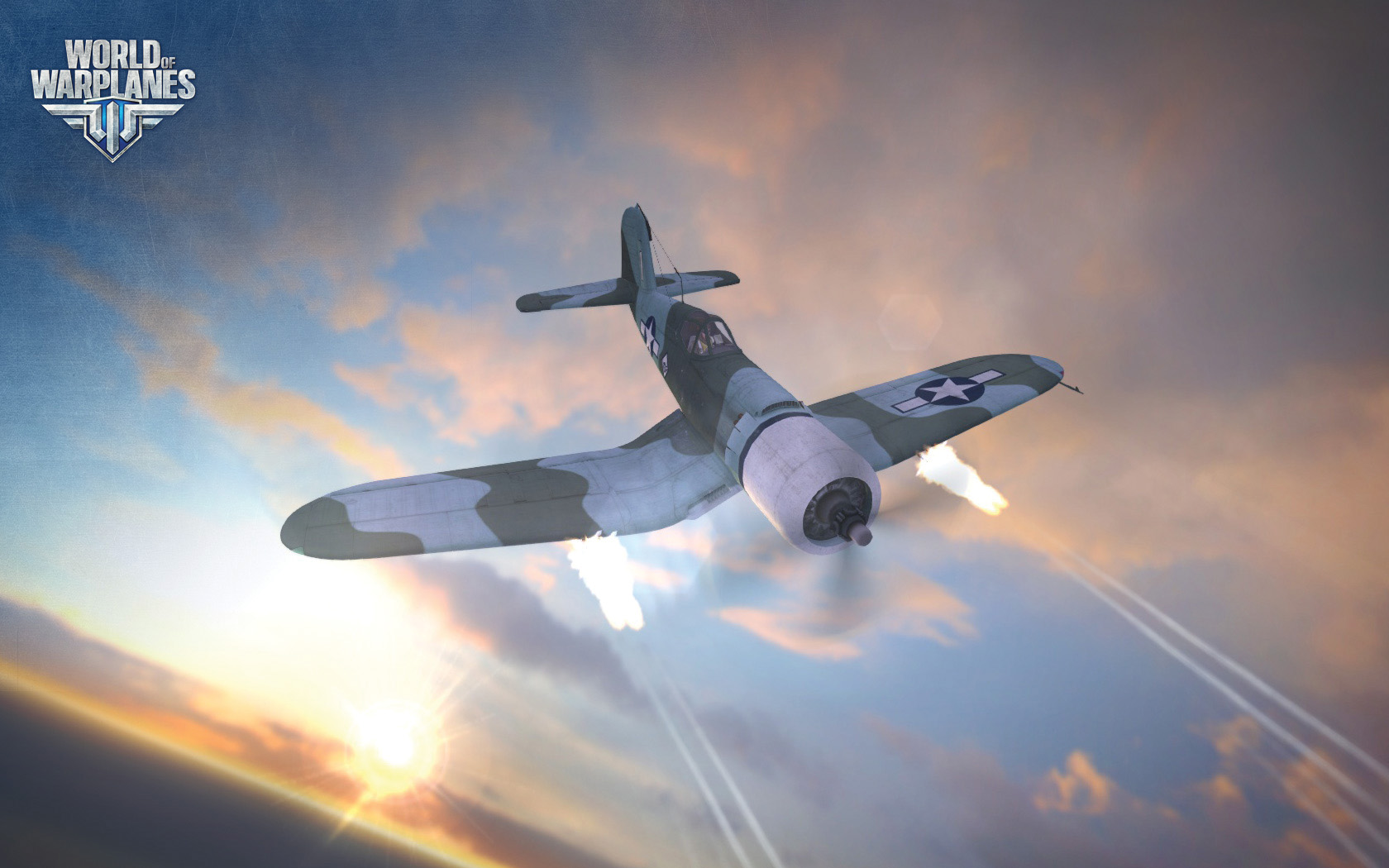
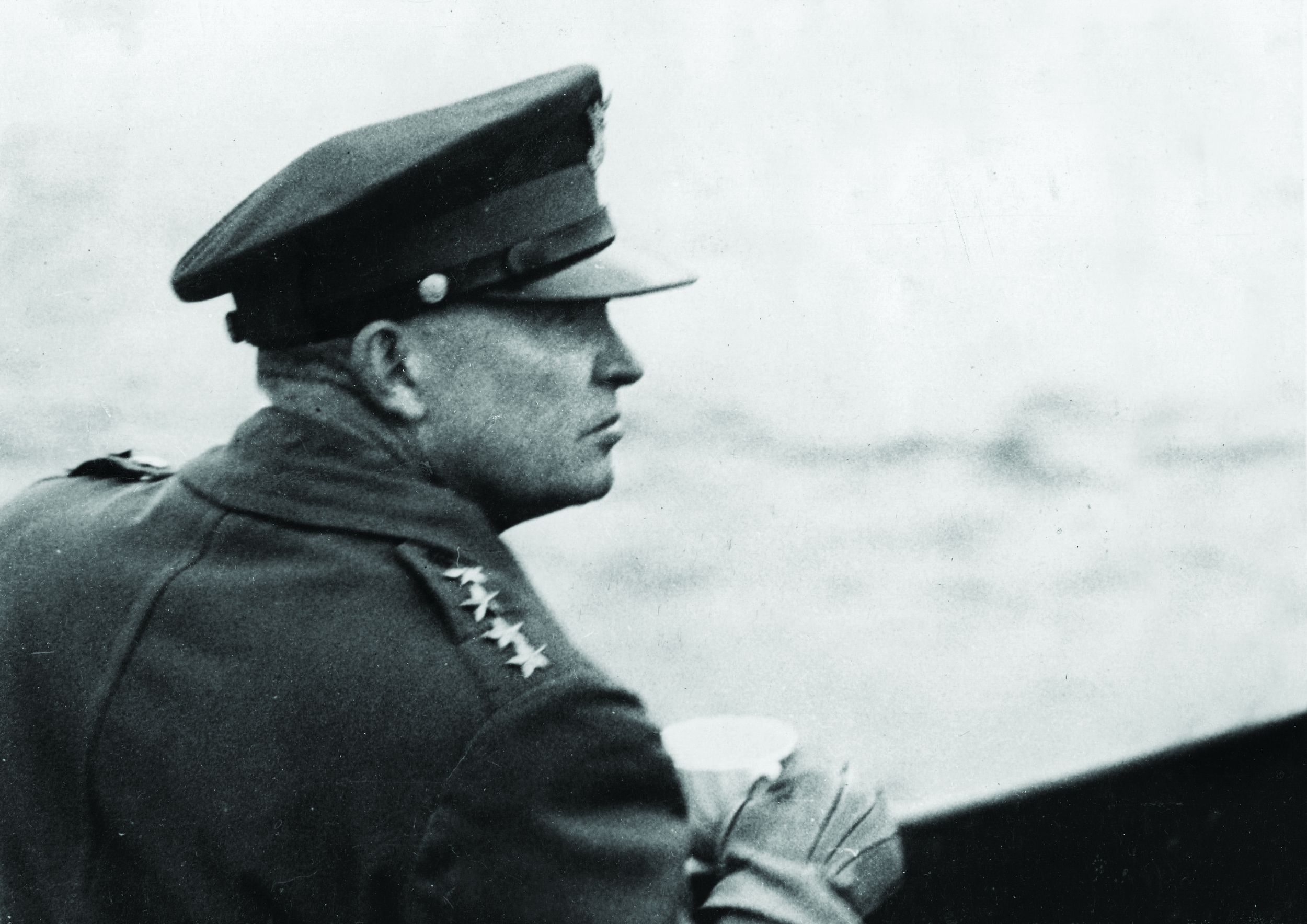
Join The Conversation
Comments
View All Comments